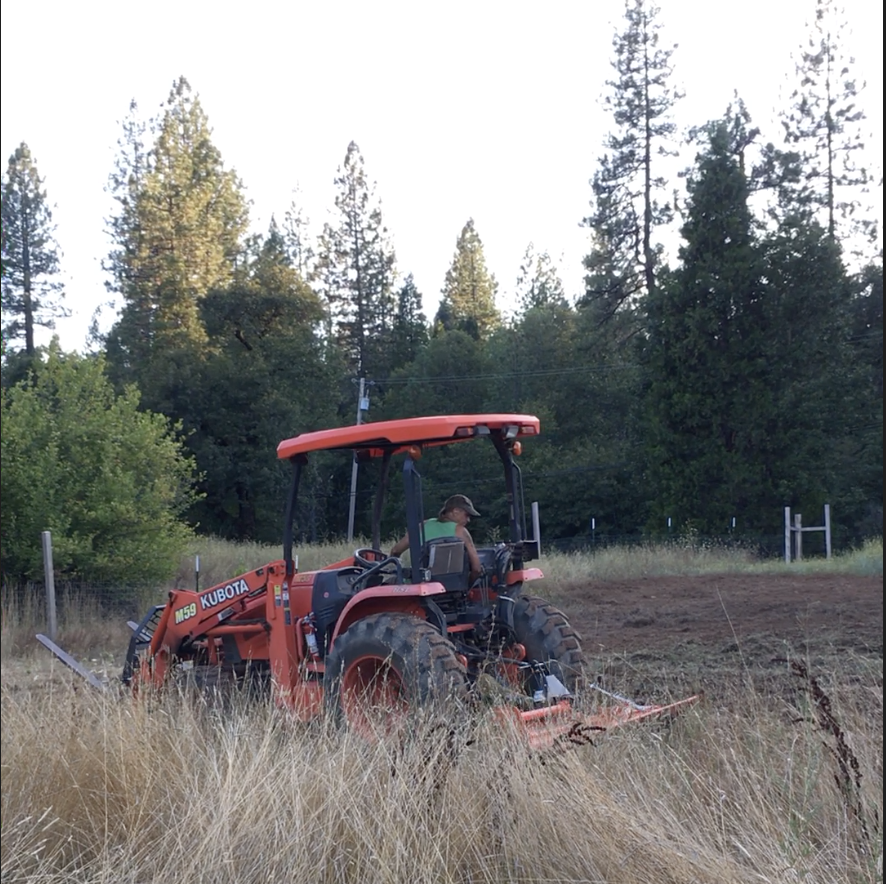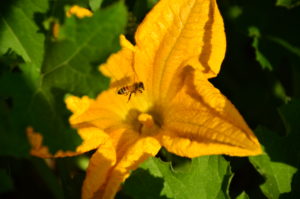Co-Op Community Farm
The Farm is an evolving collaborative project dedicated to improving the community of Big Bend through productive healthy agricultural practices. **To see some of the recent BBCLT farm and garden activity, click/tap here (or click/tap “Pictures” in the menu bar above).


Our Goals Include:
1.To educate ourselves and the public about sustainable agriculture and permaculture techniques
2. To provide jobs, training and internships to local residents
3. To produce and provide locally-grown food to our wider community
4. To raise funds in order to sustain our operations and fund future projects
5. To responsibly steward agricultural land for perpetual community use

Current Plans
The Farm is currently comprised of several pastures, a two-story historic barn, an experimental hugelculture cultivation area, and a half-acre fenced garden space (located along Big Bend Road). We are experimenting with different kinds of gardening techniques and food crops, while installing more fencing and integrating rotational livestock grazing. We aim to plant more fruit and nut trees, improve the farm’s water systems, continuously build better topsoils, create a permaculture education program, produce a surplus of fresh and preserved food, and continue to grow the network of our amazing volunteer farming and gardening enthusiasts.

Some of our main activities are:
•Building Healthy Topsoil
•Vegetable and Fruit Gardening
•Livestock Grazing
•Oil Seed Production Experimenting
**To see more BBCLT farm and garden pictures, click/tap here (or click/tap “Pictures” in the menu bar above).




Some of the Farm’s History and Visions

BBCLT is based on an incredible 34 acre farm in Shasta County California, nestled at the edge of the downtown center of the very small rural mountain valley town of Big Bend. Formerly known locally as “The Duck Farm,” this beautiful and diverse paradise is becoming a productive community farm and a regenerative agricultural educational center to serve and improve the tiny blossoming ecovillage. The farm has abundant water resources (including a spring-fed creek wetlands, and a small pond), fertile pastures, a large garden, a small orchard, and some forested sections. It also has a two-story barn, a quonset hut residence, and several useful farm sheds.
The BBCLT’s initial project goals for this incredible site are to produce a wealth of farm-raised food, and to become a community showpiece for the town and the region. This farm has already become a small haven of bio-diversity and food production that will eventually attract many participants and visitors, while creating an economic force in the community, providing a variety of useful and needed services and facilities.

The Evolving BBCLT Hugel Bed Experiment: There are many amazing tools in permaculture practices. A technique taught by Austrian rebel farmer Sepp Holzer, the “Hugelkulture” (or in English, “Hill Planting” or “Raised Bed”) is one experimental farming method that was installed on the BBCLT’s north pasture in 2013.
The raised “Hugel beds” were constructed using locally borrowed equipment to bury locally-sourced woody debris under the mounds. This material under the topsoil can theoretically serve many purposes, including retaining soil moisture while the decomposition generates heat and nutrients for the plants above them for years after their creation. The mounds can also prevent soil compaction and increase the planting area. The heat, moisture, and windbreak these large raised beds create can make micro-climates, allowing a wide variety of plant species to thrive.
In 2019, after several years of “Hugel vernachlässigen” (or in English, “Hugel neglect”), the BBCLT farm directors decided that the Hugel Beds were too steep and tall for easy cultivation use, so the beds were modified to be shorter, more flat on top, and easier to access for planting, weeding, watering, and harvesting.

In the future, the experimental Hugel Beds could be planted with fruit and nut trees, along with many other kinds of perennials mixed throughout, and even some grains and grazing crops. Livestock can also be integrated into the system.




